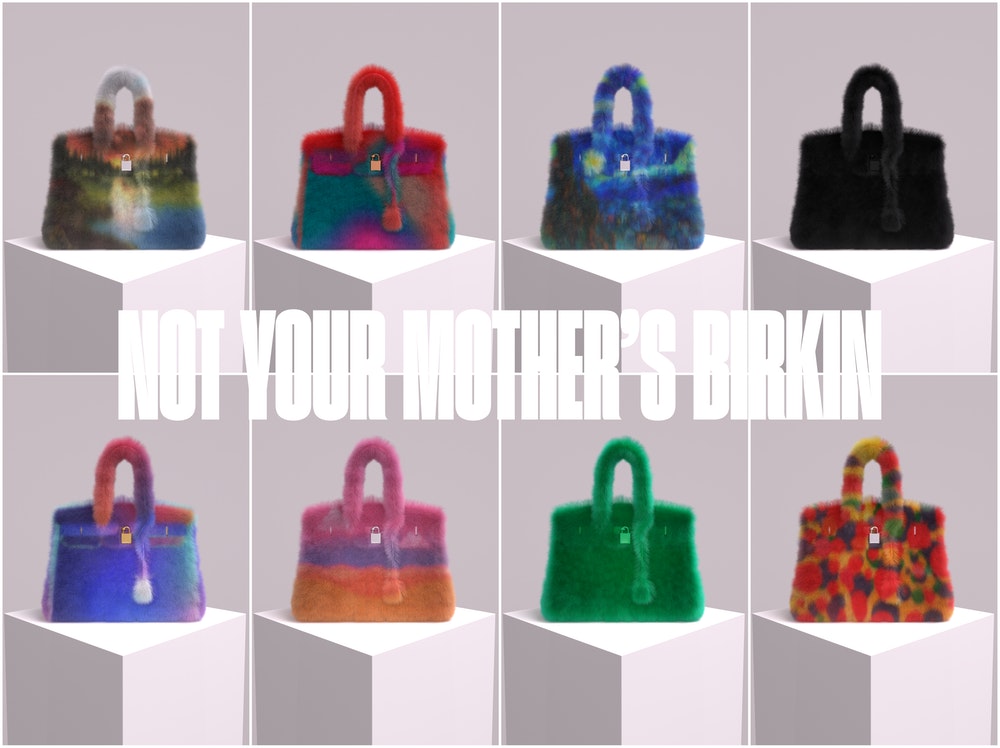The metaverse seems to be the latest craze in the fashion industry with many brands diving full force into it with sneaker NFTs, exclusive virtual experiences and virtual clothing. Although many seem optimistic about the prospects of the metaverse in fashion, some more traditional brands are taking more coaxing than others.
Gucci has largely been in the forefront of fashion brands investing in the metaverse. In 2021, Gucci auctioned off its first pair of virtual sneakers that sold for around $12 a pair. The fashion house has also bought into the Metaverse by buying an undisclosed amount of land on The Sandbox which allows for the buying and developing of virtual real estate. Gucci’s creative director, Alessandro Michele, along with The Sandbox have plans to create an interactive fashion experience based on the Gucci Vault to house all of its metaverse projects. The brand announced on its discord server its plans to create special immersive experiences on The Sandbox. Sandbox announced that particular fashion items created by Gucci designers will be available to purchase and use in players’ own Sandbox experience.

Despite the optimism surrounding digital assets, we cannot ignore that there are many issues that arise because of the lack of information about and the almost non-existent legal footing of the metaverse. In January 2022, Hermès attempted to sue NFT creator Mason Rothschild for the sale of his “MetaBirkins” – essentially a line of NFTs depicting a fur-covered version of Hermès’ iconic Birkin bag. Despite the hype that ‘MetaBirkins’ received, the fashion house submitted a 47-page long complaint court, which accused Rothschild of being “a digital speculator who is seeking to get rich quick.” Hermès demanded that, if they win, they receive all profits from the sales of the MetaBirkin as well as damages and legal costs of the brand. Along with these demands, the French maison wants Rosthchild to “deliver up for destruction to Hermès all unauthorized products and advertisements in his possession or under his control”.
Though Hermès is demanding the destruction of all Metabirkins in circulation, it isn’t as simple as deleting it. An NFT is essentially a blockchain entry which is linked to a digital asset such as an image. This acts as a receipt that proves ownership, meaning that the NFT itself is not an image. The already existing NFTs cannot be removed from circulation and the closest solution may be ‘burning’ the NFT which is a process of transferring it to an invalid address. According to Primavera De Filippi, coauthor of “Blockchain and the Law”, “many people assume that, when you talk about an NFT, the content of the NFT is inside the token, which it is not, and because it is not, there is no unauthorized reproduction.”

There is a fundamental dissonance between fashion houses and knowledge of the metaverse mostly caused by the skepticism. More skeptical fashion brands such as Hermès are finding it difficult to accept fashion’s move towards digital assets. This lack of acceptance and, hence, knowledge combined with the insufficient definition of the metaverse within the law has made it nearly impossible for fashion brands to control their brand image. The slow move of maisons into the metaverse also allows some individuals to attempt to capitalize on the lack of trademarking within the metaverse. Indeed, there have already been two filings in the US for Gucci and Prada on a range of metaverse-related items. Furthermore, on metaverse platforms such as Roblox, users are selling clothing with logos of the likes of Louis Vuitton and Prada. While bigger fashion houses have more than a chance of persuading courts to recognize their marks and overrule any land grabs, smaller brands may find it difficult to establish their case against people looking to exploit these opportunities. In order for brands to invest further in the metaverse, the law must conform to the new systems created by the metaverse.
Luxury brands are also having a hard time differentiating themselves within the metaverse because what they could previously point to as justifying the high costs when producing physical products, such as the quality of leather and craftsmanship, essentially disappear in the selling of digital assets. This poses a major threat to luxury fashion brands; finding ways to differentiate themselves other than already existing brand value is essential to keeping their luxury status within the metaverse.
As more brands invest into the metaverse, more issues are being unveiled. As time goes on, it will be interesting to see how fashion brands adapt to the various challenges and how the law adapts to include the entirely new system of needs created by the metaverse.
By Fathima Liyana Kamar






